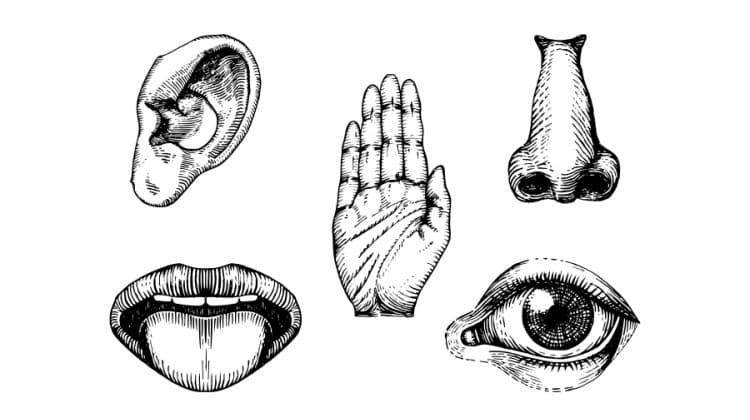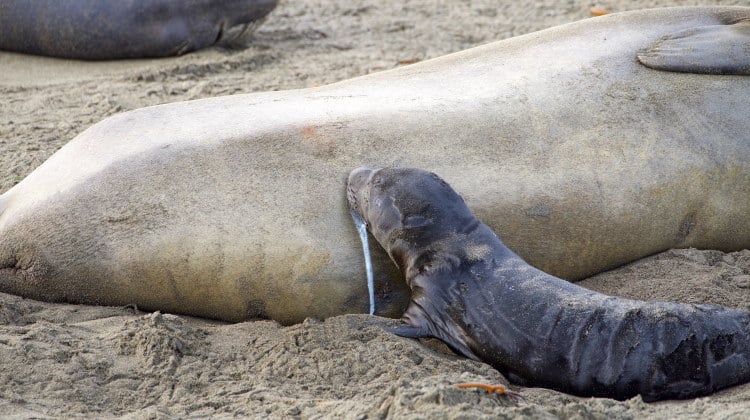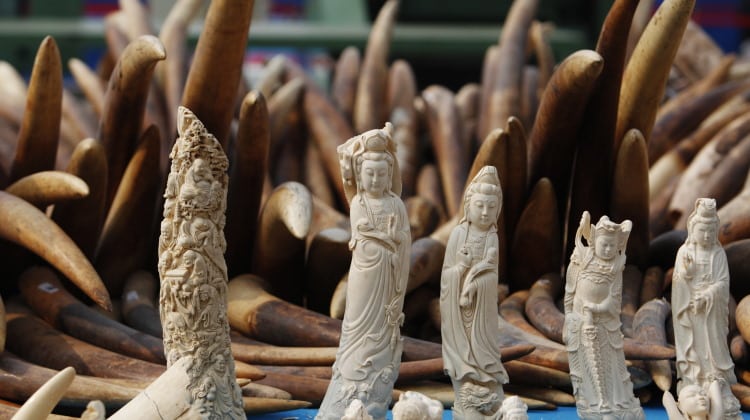To answer this question we have to go into a lot of detail since Deer is one of the most populated animals, and there are more than 50 species of Deer around the world.
Even though they have a difficult time reaching their average lifespan since they are always being targeted by hunters, Some Deer species can reach up to 30 years.
In the following article, we will inform you of everything you need to know about deer’s lifespan.
Deer Lifespan
Deer are a family of cloven-hoofed mammals with more than 50 species. Deer are distributed for the most part in Eurasia, as well as North and South America.
Deer can vary greatly in size depending on the species. While the Pudu species is only slightly larger than the hare, moose can be larger than other horse species.
As for the longevity of these animals, it depends, among other things, on the species of deer, its diet and its habitat.
The Red Deer
The red deer lives up to 20 years.
The life expectancy of a red deer in the wild is on average about 13-15 years, but in captivity, this animal can live up to 20 years.
The Elk
Elk may live up to 22 years, but only in captivity. In most cases, their life span in the wild is hardly 10 years. Scientists estimate that only 3 percent of moose in the wild are more than 10 years old.
The Doe
The life expectancy of a doe is 30 years, which is quite a lot. True, young deer are often attacked by other animals like foxes, so they often do not live even a few months.
The Reindeer
As for the reindeer, which you may have seen in pictures or even alive, their life expectancy is 20 years.
The Moose
The Moose, who is known to be one of the biggest deer species can live from 15 up to 25 years.
The White-Tail
The White-Tail male’s lifespan is about 6 years, while females are known to live 2 years longer.
Mule Deer
Mule Deer live from 9 up to 11 years in the wild with Colorado being home to some of the largest Mule Deer.
How To Know the Age of a Deer?
It is important to explain that the popular belief that you can tell the age of a deer by its antlers is absolutely unfounded because as we know, the antlers fall off every winter.
Depending on whether the deer has daggers, staves, or if it has all the antlers, we can determine visually if it is more than 1 year old, more than 2 years old, or if it is a deer older than 3 and a half years, but the number of antlers will in no way serve us to know the age of a deer, a deer that has twelve antlers is not older than 12 years old than a deer crowned with 10 antlers is 10 years old.
The only way to know the age of a deer is to observe its jaw, the degree of wear of the teeth allows us to estimate the age of a deer.
Predation and Mortality
We have to take into account that more than 1 million deer get injured or killed annually from auto collisions. Those that survive are often killed area by predators.
The most common white-tail predators are coyotes, black bears, mountain lions, and bobcats, with coyotes being the biggest threat due to their widespread white-tail range.
Disease and Accidents
The disease can break out very easily among deer and it can be deadly. Epizootic hemorrhagic disease (EHD), chronic wasting disease (CWD), and bovine tuberculosis (BTB) are some of the more frequent. Some of these diseases can lead to 50% of the deer population within an area.
Another type of death can be simple accidents that could occur in nature, such as breaking a leg or even getting trapped in the woods.
Summary
- Deer have a different life span, depending on their species their lifespan can be from 6 to even 30 years.
- A deer’s life span can depend on the nutrition, ecosystem, and various other factors.
- Deer in captivity are known to live longer.
Conclusion
Despite having differences between species deer have a short life span in general. However one of the reasons is the hunters and other mortality factors. For as long as their life can be our only option is to recognise their amazing presence and enjoy it while we can.





